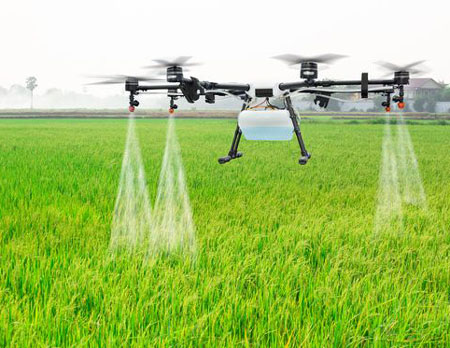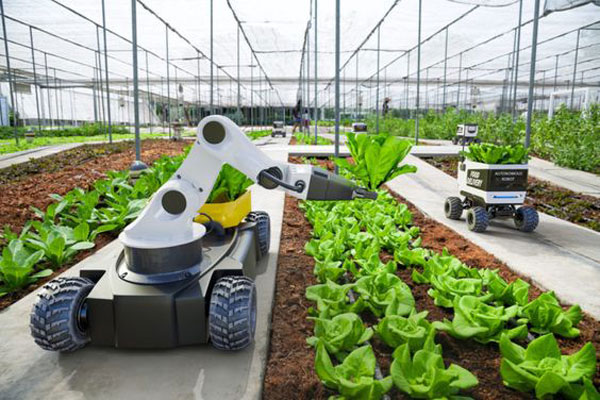Papaya
Phytophthora
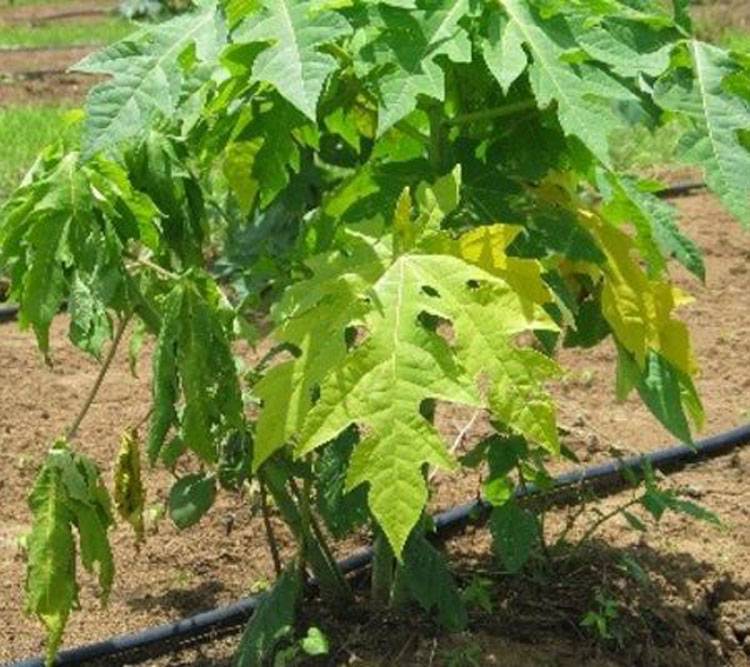
Phytophthora
Fungal Disease
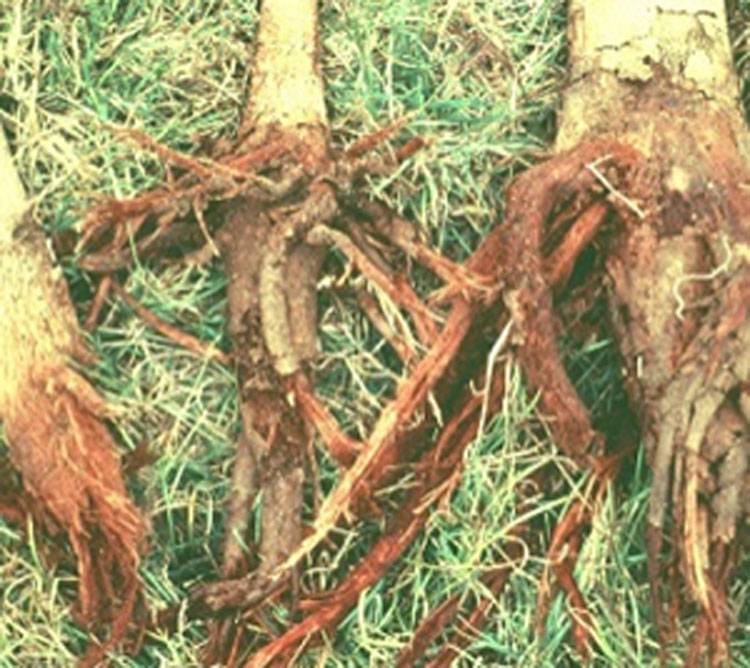
Phytophthora
Fungal Disease
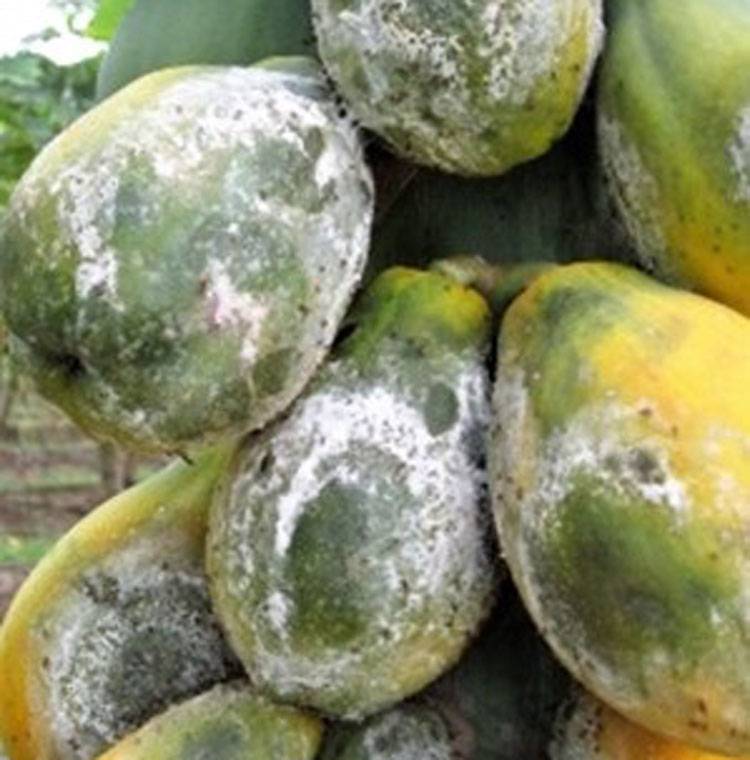
Phytophthora
Fungal Disease
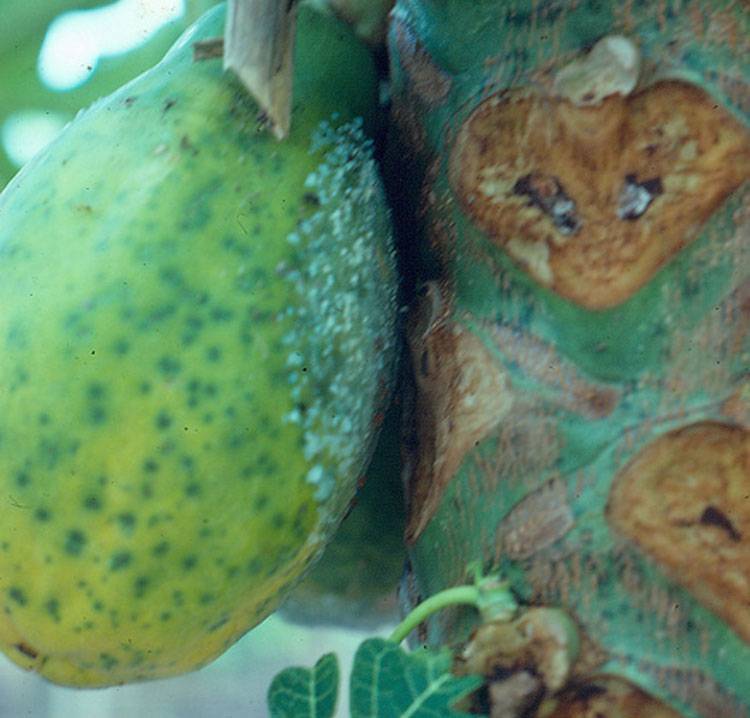
Phytophthora
Fungal Disease
Understanding Phytophthora: A Serious Threat to Papaya Cultivation
In many countries where papaya is grown, Phytophthora poses a major challenge to the long-term health and productivity of the industry. This pathogen causes several diseases such as damping-off in seedlings, root rot, stem rot, and fruit rot, all of which can severely damage papaya plants and reduce yields.
Cause
The diseases are mainly caused by two species of the pathogen:
-
Phytophthora palmivora
-
Phytophthora nicotianae
Symptoms
Papaya plants of all ages are susceptible to Phytophthora root rot, but seedlings younger than two months are especially vulnerable. Early symptoms include yellowing and wilting leaves, which eventually fall off prematurely. Root rot usually begins as small lesions on the lateral roots and quickly spreads to the taproot, weakening the tree and making it more likely to be damaged by strong winds.
Phytophthora can also cause stem or trunk rot, especially after severe storms or cyclones. This results in brown, sunken cankers on the stem, and if wet weather continues, the upper part of the plant may collapse due to the spreading rot.
Fruits, both immature and mature green ones, develop water-soaked spots when infected. Under favorable conditions, these spots become covered with an off-white fungal growth. Infected fruits that fall to the ground become a significant source of further infection.
How It Spreads
Phytophthora is a water mould that lives in soil and depends on water for producing spores and infecting plants. The disease is usually found in wet areas where it can spread rapidly. Spores move through soil water during rain or irrigation and infect roots or splash onto fruits. Warm and wet conditions encourage the development and spread of the disease.
Conditions Favoring Disease Development
High soil moisture and temperatures between 20°C and 30°C encourage infection. The most critical factor is how long the soil remains saturated or nearly saturated—long wet periods strongly favor root rot development. For fruit rot, temperatures from 25°C to 30°C and at least 72 hours of wetness provide ideal conditions for the pathogen’s fungal growth.
Crops Affected
Phytophthora affects more than 150 plant species, including important crops such as cacao, durian, vanilla, custard apple, coconut, breadfruit, orchids, tomato, strawberry, onion, and fig.


